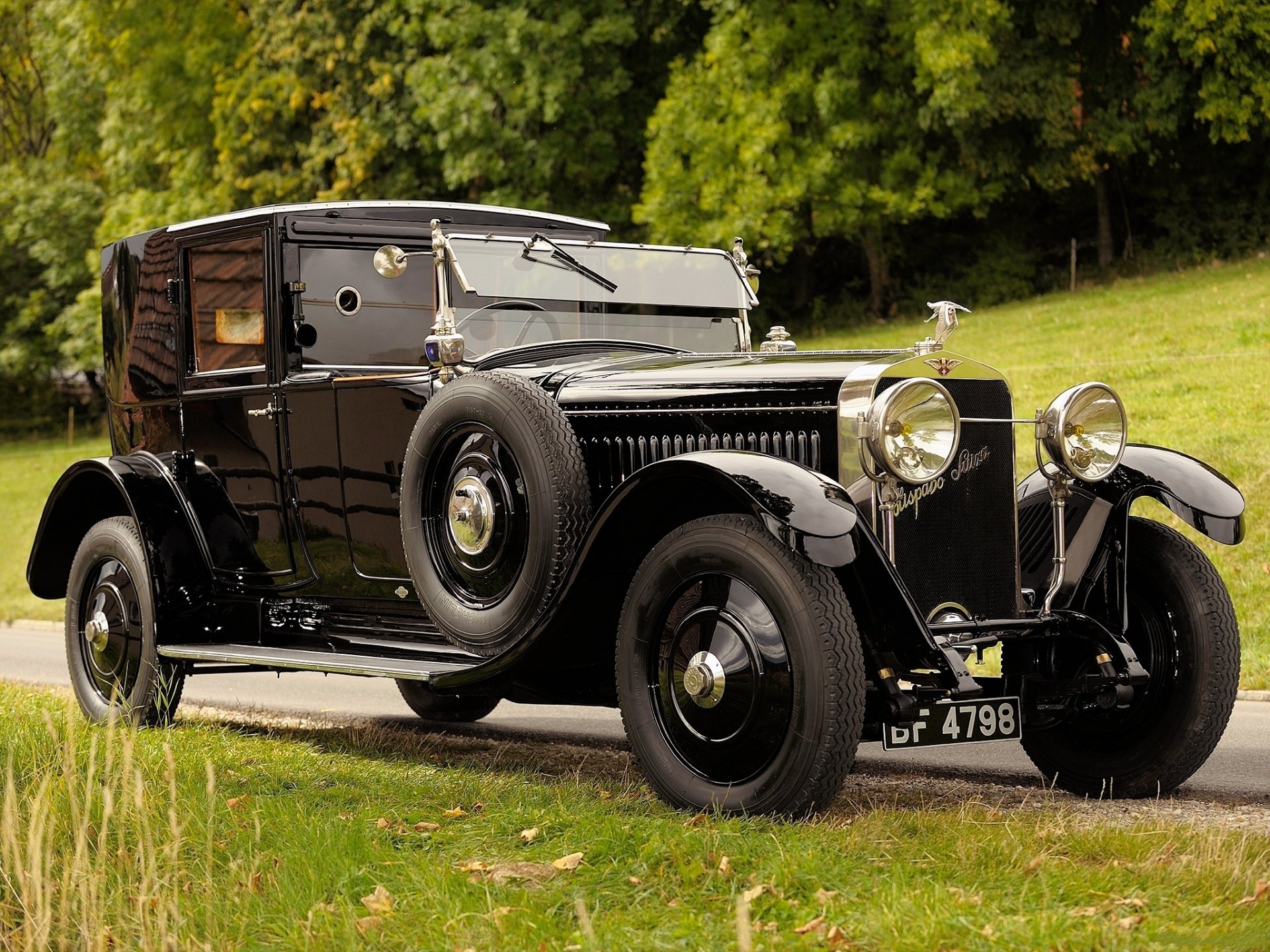
1924 Hispano Suiza H6b HD Wallpaper Background Image 2048x1536 ID188650 Wallpaper Abyss
Automobile Classics shows short clips of cars taken at international automobile shows. We are interested in the evolution of cars, and show their future, pre.
FileHispanoSuiza H6C Rearview.JPG Wikimedia Commons
Bill Ingler's 1924 Hispano-Suiza in its Sarasota, Florida days. Photos courtesy Bill Ingler. In the new issue of Hemmings Sports & Exotic Car, Bill Ingler of Scottsdale, Arizona tells a story about driving his dad's 1924 Hispano-Suiza H6B from Columbus, Ohio to Sarasota, Florida in 1953; part of the reason was because there were no transportation services at that time.

Pin auf Vintage Cabriolet garage
The Hispano-Suiza H6B Dubonnet Xenia is a one-off luxury car made by Spanish automobile manufacturer Hispano-Suiza for French pilot and racing car driver André Dubonnet in 1938.. This is another difference from the production H6 models, all of which used 3-speed manuals. Suspension
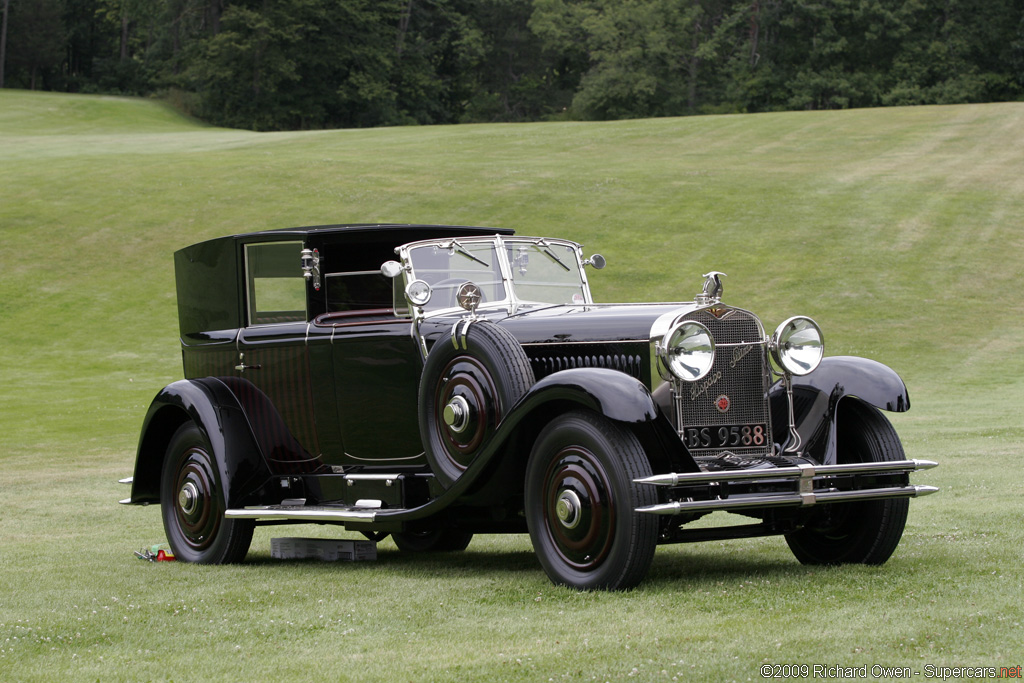
1922 HispanoSuiza H6B Review
That's the 1919 Hispano-Suiza H6 for you. Hispano-Suiza, a name that resonates with luxury and innovation, had a history of producing aircraft engines during World War I. Post-war, they turned their attention to creating something extraordinary in the motoring realm. The H6 wasn't just another car; it was a symbol of opulence and advanced.
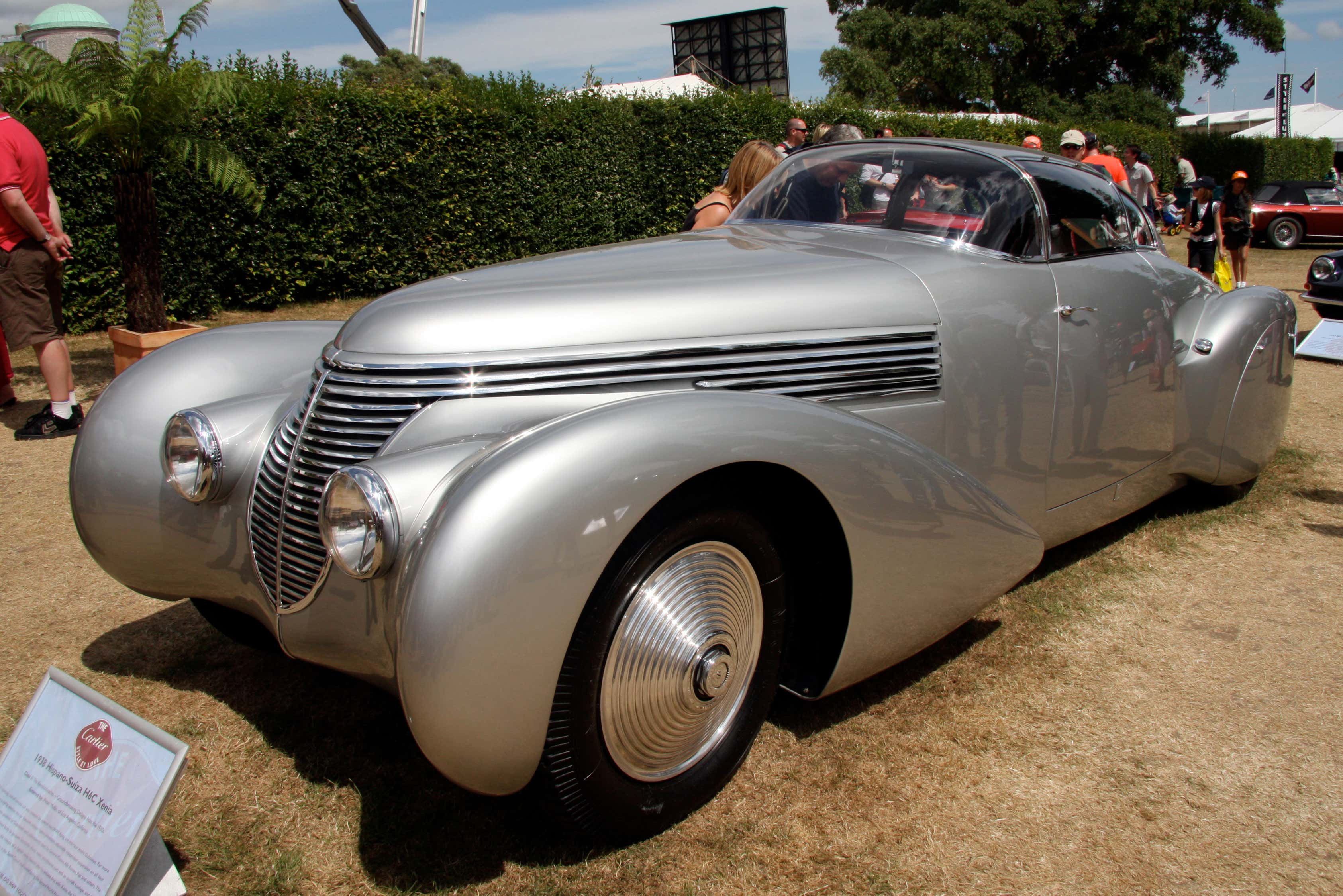
The 1938 HispanoSuiza H6B Xenia Rocks a 7.9L InlineSix That's Half an Airplane V12
According to an article on published in the Hispano-Suiza Society Newsletter in Auugst 2005, King Alfonso XIII owned this H6 from 1919 until 1931, and afterward it was owned for a number of years by Patricio Chadwick of Spain, before the current collection acquired it in the early 1990s. In this ownership it has been fully restored in rich.
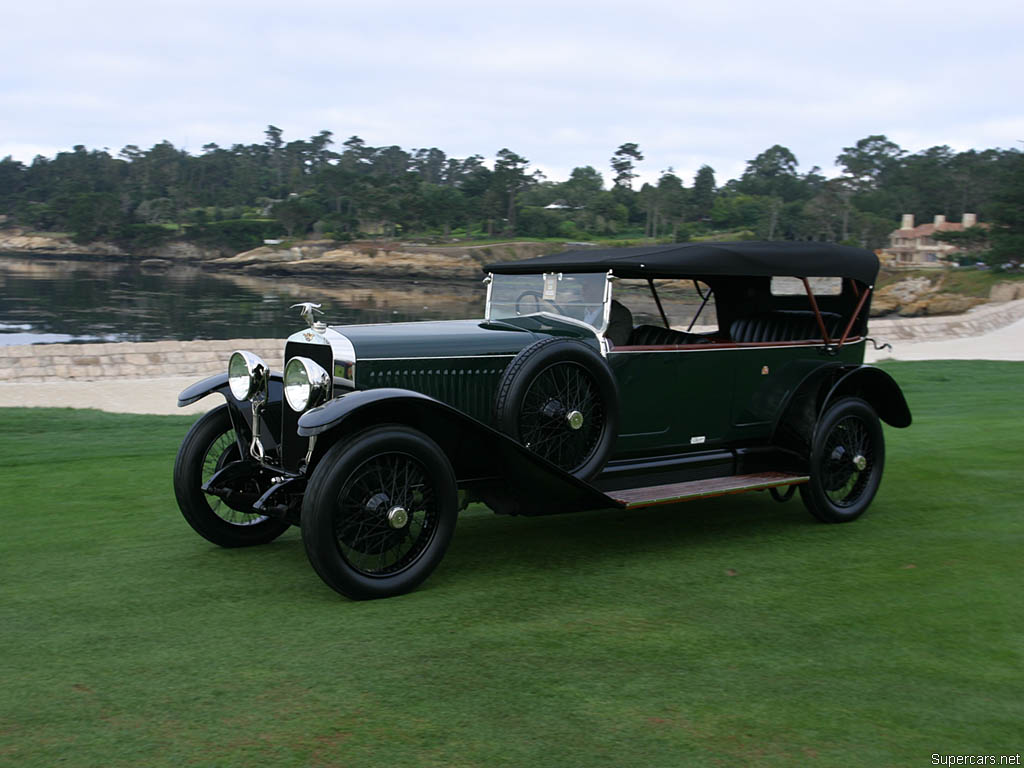
1919→1922 HispanoSuiza H6
The Hispano-Suiza H6 was was arguably the pinnacle of the manufacturers endeavours. Available since 1919, it would remain in production for over a decade and remained, during a time of unparalleled automotive advances, amazingly up to date, even if those in quest of the ultimate opted for the 'stretchhed' eight-liter 46 CV, a mere stripling.
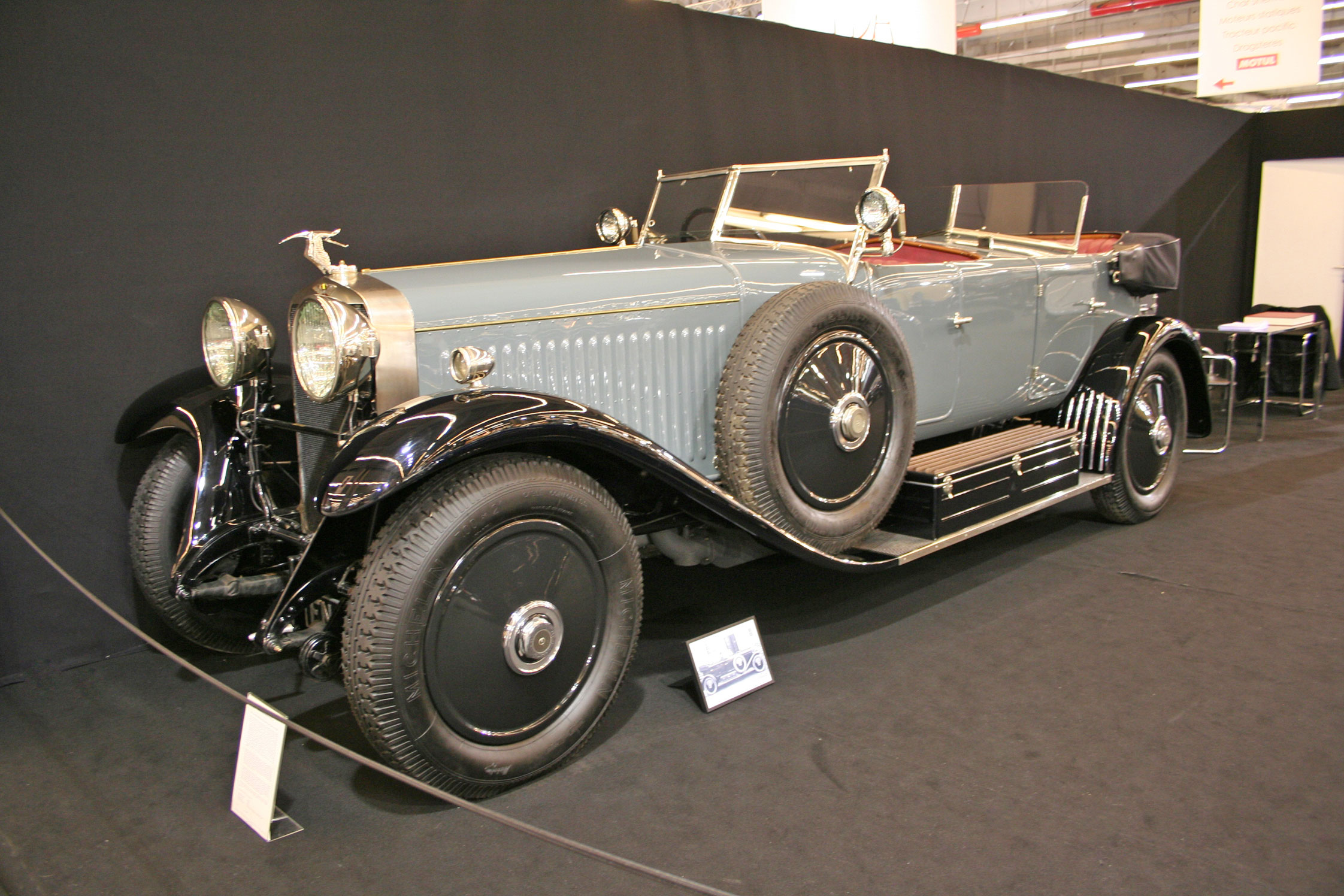
Hispano Suiza H6 B 1926 Les marques disparues à Rétromobile 2009 diaporama photo
Hispano-Suiza. Chassis only listed, numerous customs. The most advanced car you could buy in 1919 - pressure-fed crankshaft machined from solid, alloy block and pistons, and those wonderful four-wheel servo brakes, plus unsurpassed elegance. Not as quiet as a 'Royce, but 80mph with all but the heaviest bodies. 1929 and later cars had screw-in.
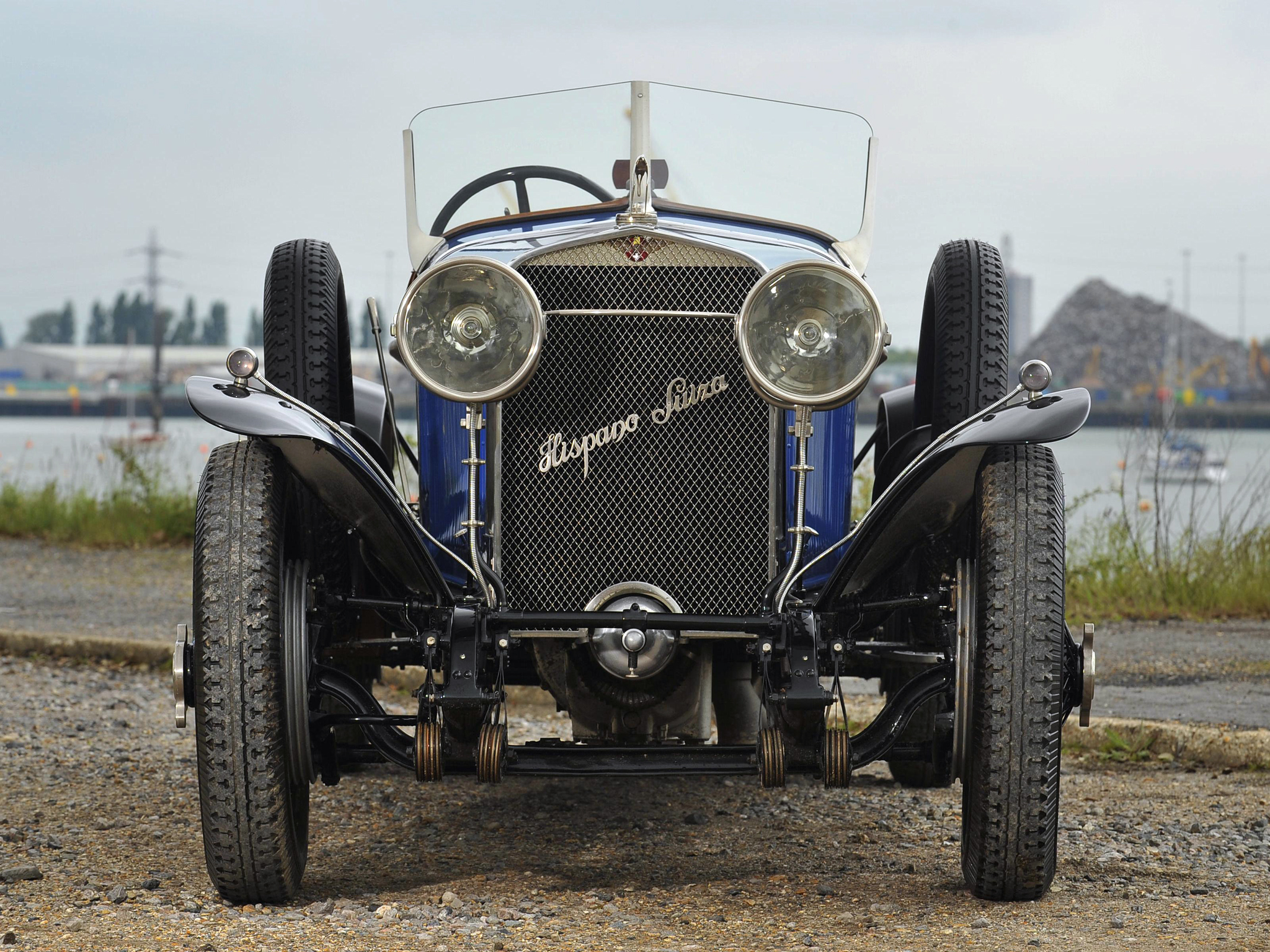
photo HISPANO SUIZA H6 cabriolet 1924
The H6 has two starter buttons (depending on whether you are using the left or right battery). At the time of production the H6 was the most expensive car in the world. General arrangement of Hispano-Suiza H6 based on a 'landaulette' coachwork variant c.1923. Engine: 6-cylinder, 6.5 litre overhead-camshaft, producing 135bhp
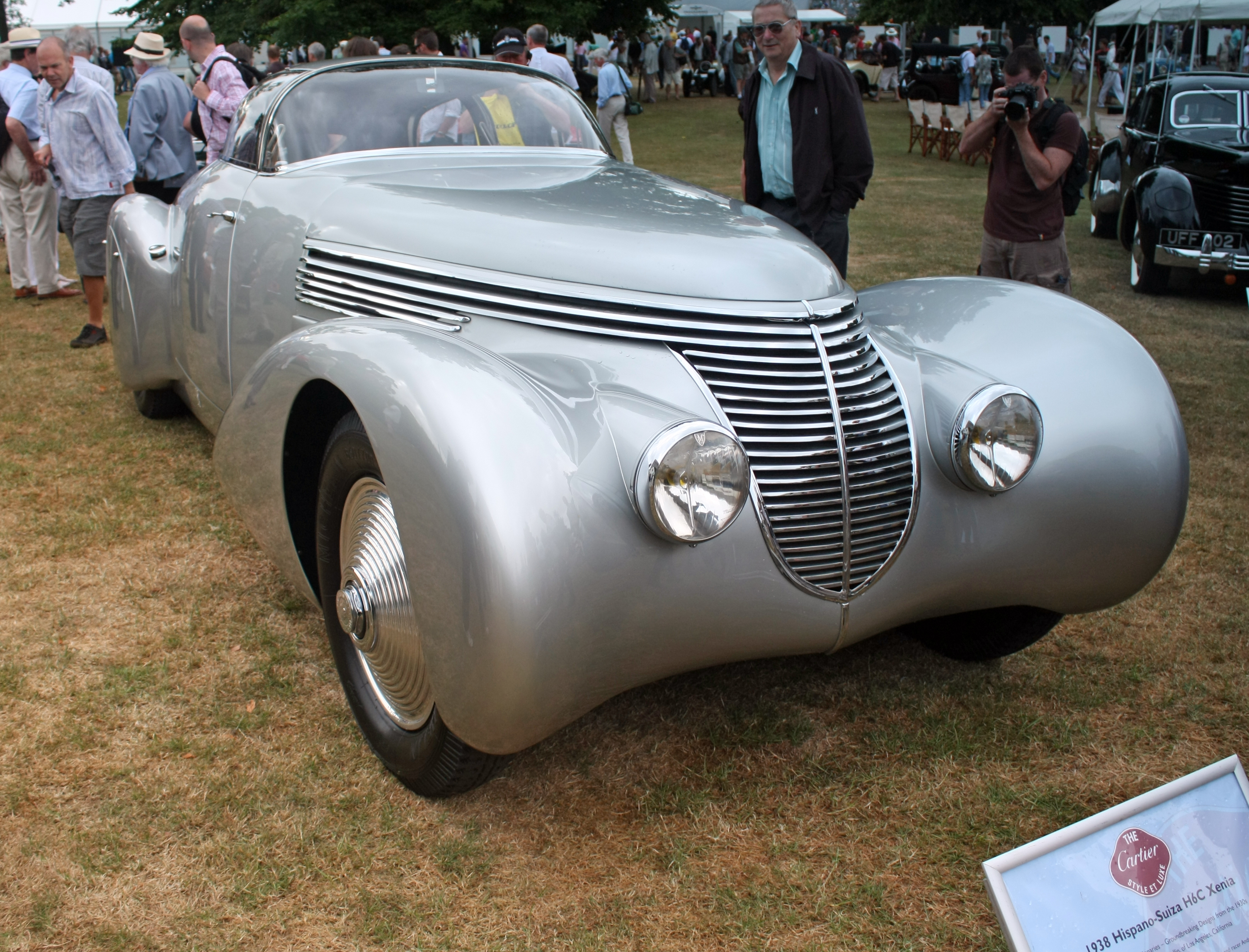
TopWorldAuto >> Photos of Hispanosuiza h6 photo galleries
The rooftop terrace offers superb views of the neighboring Palacio Royale. In the sub-basement is an interesting collection of antique and vintage cars, including a rare Hispano-Suiza, which can be seen by appointment. The best recommendation we can give for this little gem is that we look forward to coming back..
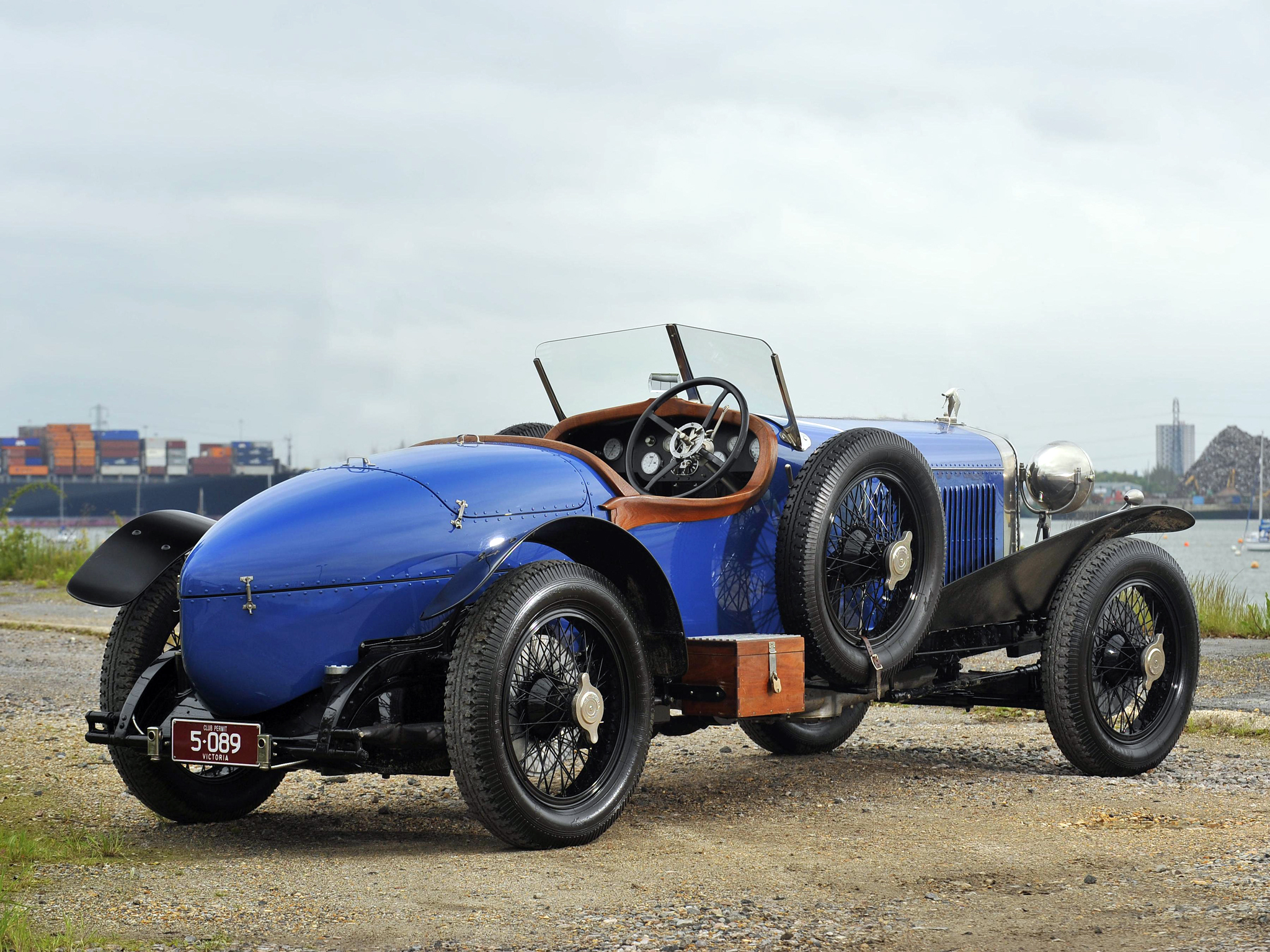
photo HISPANO SUIZA H6 cabriolet 1924
Hispano-Suiza was a Spanish-Swiss luxury car manufacturer, established in 1904 in Barcelona. After World War I, Hispano-Suiza introduced the H6: a truly revolutionary car, offering speed, luxury, quality and an unrivalled level of craftsmanship. Hispano-Suiza production ceased in France in 1938, although it continued in Barcelona for a few more.
HispanoSuiza, el automóvil de lujo español Excelencias del Motor
The Hispano-Suiza embodied Marc Birkigt's compulsive pursuit of perfection. World War I had made him famous.. The engine of the H6, basically a six-cylinder version of one bank of the aviation unit, was exquisitely wrought. Its jewel-like seven-main-bearing crankshaft machined from a 770 pound billet weighed 99 pounds. The massive chassis.
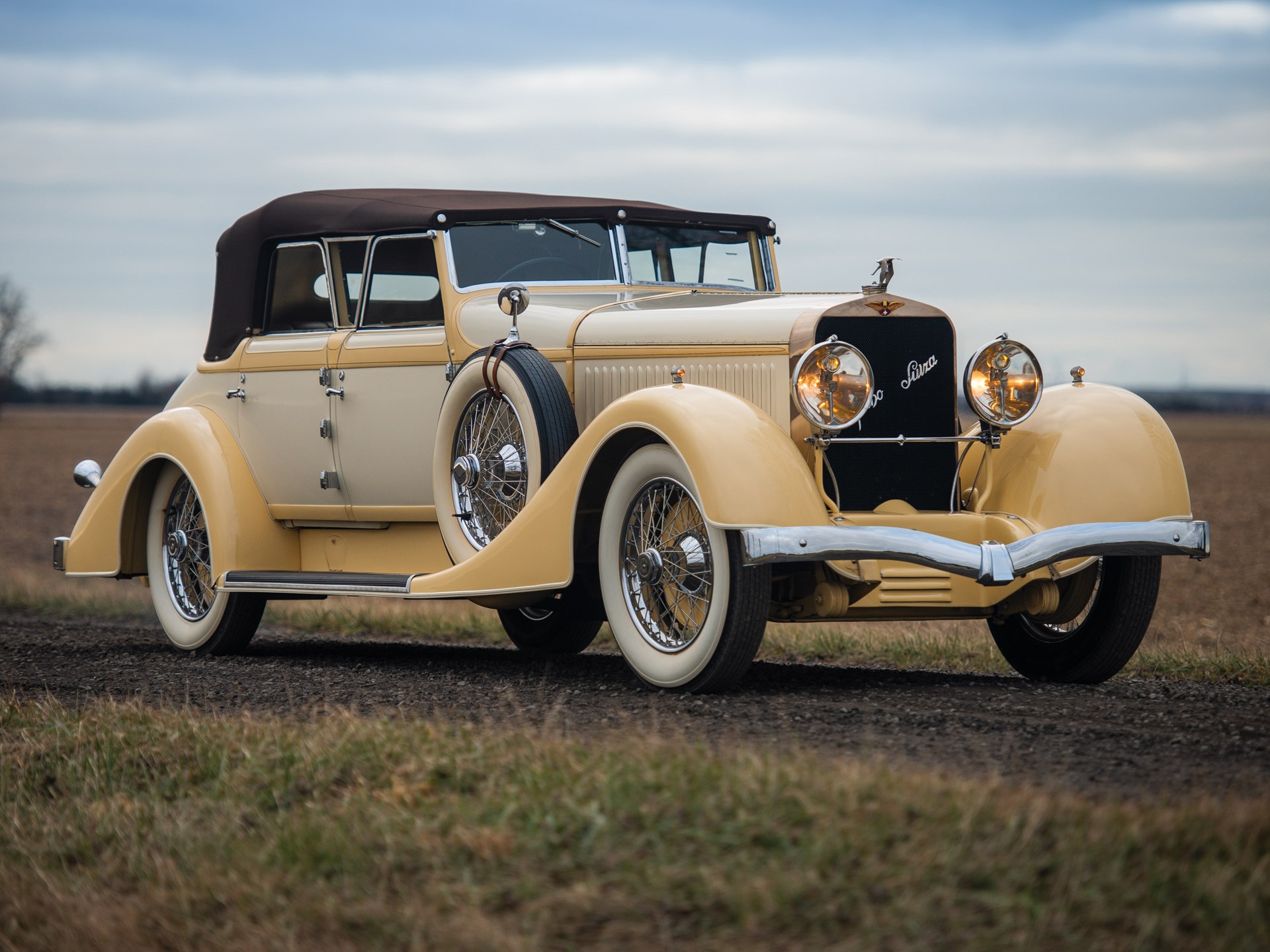
1928 HispanoSuiza H6C Transformable Torpedo by Hibbard & Darrin Arizona 2019 RM Sotheby's
The Hispano-Suiza H6 is a luxury car that was produced by Hispano-Suiza, mostly in France. Introduced at the 1919 Paris Motor Show, the H6 was produced until 1933. Roughly 2,350 H6, H6B, and H6C cars were produced in total. [citation needed] Specifications.

Hispano Suiza H6 Duvivier Tourer High Resolution Image (3 of 6)
Enduring success from this engine meant that Hispano Suiza would never leave the aircraft industry. Eventually aircraft production took over automobile production, which ceased in 1936. The first car to benefit from Hispano-Suiza's aeronautical experience was the H6. It was manufactured in three different Factories, most being built in a France.

1921 HispanoSuiza H6B Tourer by Chavet Amelia Island 2020 RM Sotheby's
The Hispano-Suiza H6 had a wealth of engineering features not least of which were its engine, and a braking system so advanced that Rolls-Royce obtained a license to use it. The H6 engine was based on the renowned Hispano-Suiza V12 aircraft engine. The family of Hispano-Suiza engines that led to the H6 were designed by Swiss engineer Marc Birkigt.
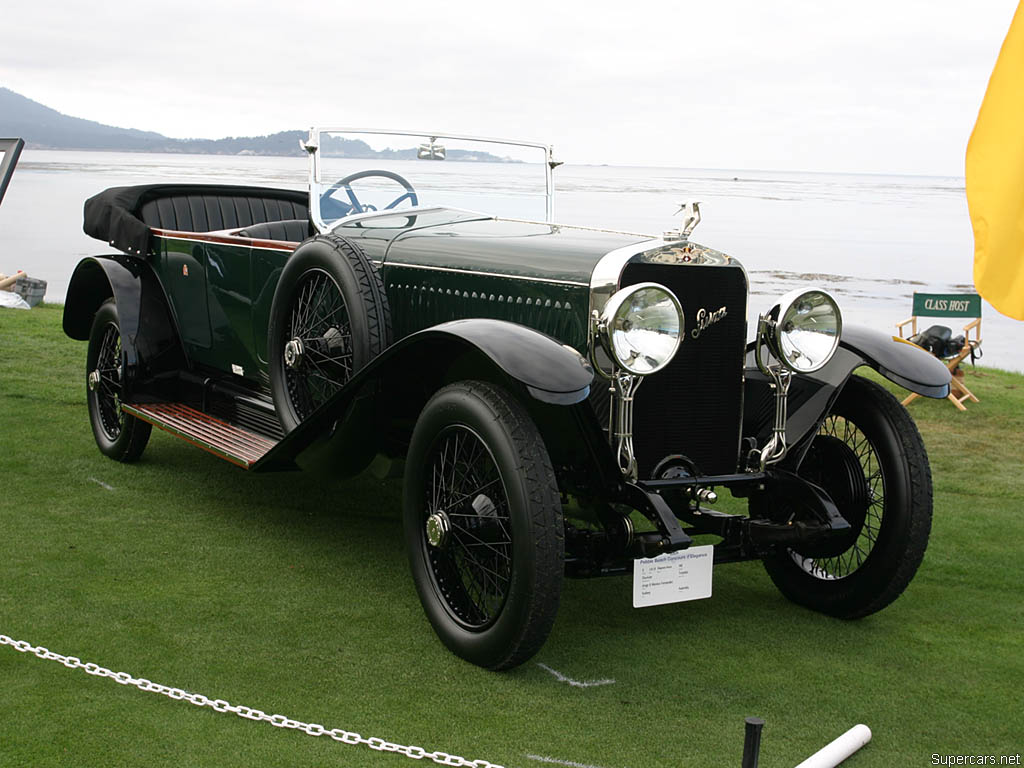
1919→1922 HispanoSuiza H6 Review
Hispano-Suiza (Spanish for 'Spanish-Swiss') is a Spanish automotive-engineering company. It was founded in 1904 by Marc Birkigt and Damian Mateu as an automobile manufacturer and eventually had several factories in Spain and France that produced luxury cars, aircraft engines, trucks and weapons.. The H6 featured an inline 6-cylinder.
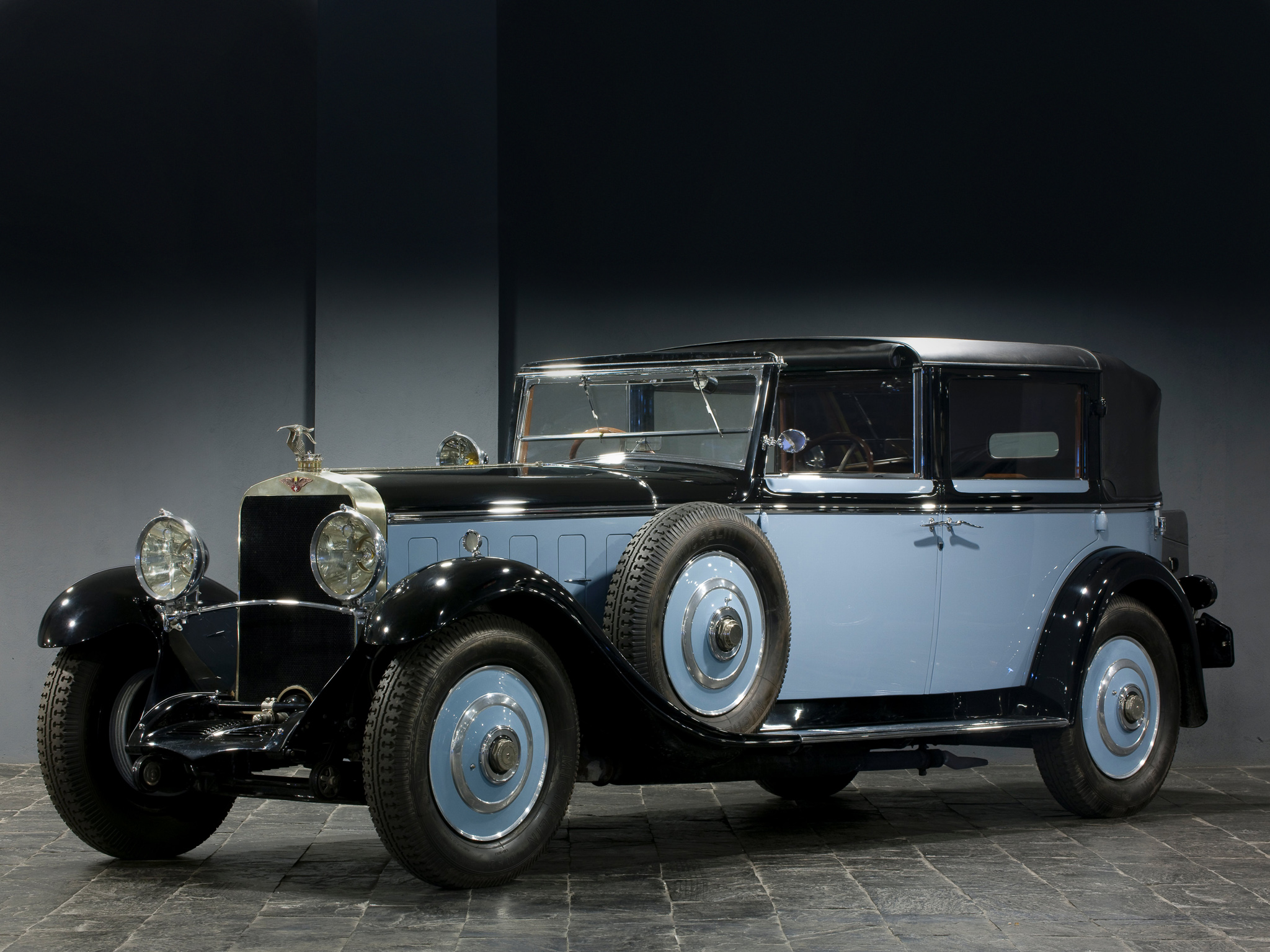
1922, Hispano, Suiza, H6, Coupe, Chauffeur, Landaulet, By, Chapron, Luxury, Retro, H 6
Forget Rolls-Royce, the Hispano-Suiza H6 was the finest machine for the super-rich to cruise into the Charleston age, says Mick Walsh. Rolls-Royce must have been vexed by the buzz that surrounded the launch of the Hispano-Suiza H6 at the 1919 Paris Salon. For such a large luxury car, the new model - designed by the brilliant Swiss engineer.